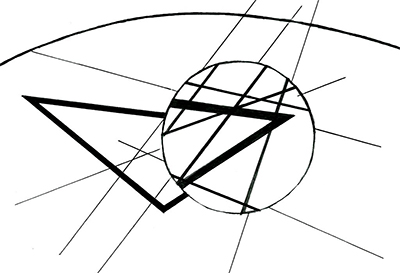In Senses of Cinema’s World Poll 2019, Stefano Miraglia (Movimcat / The Moving Image Catalog) includes two programs of Nomadica’s Weekend On the Moon:
“Field Studies: Rose Lowder and Scott Hammen“, curated by Francisco Algarín Navarro and “Nervous twitching” (Martin Arnold’s Gross Anatomies coupled with Paul Sharits’ Epileptic Seizure Comparison), curated by Rinaldo Censi.
Read More













 The moon, by Henry Draper (1863)
The moon, by Henry Draper (1863)






















